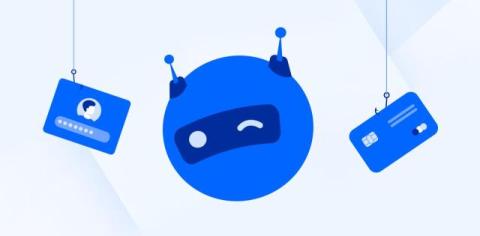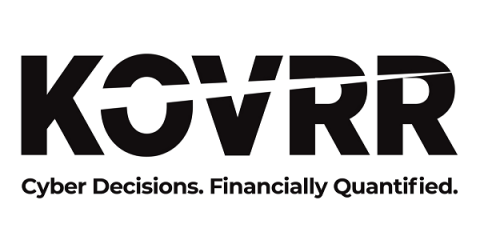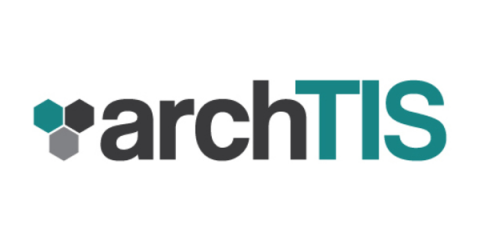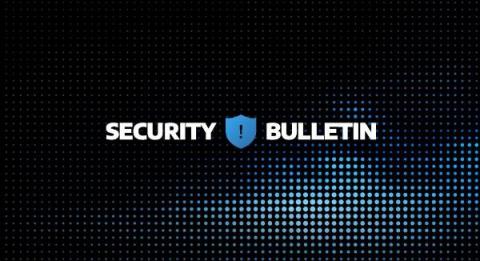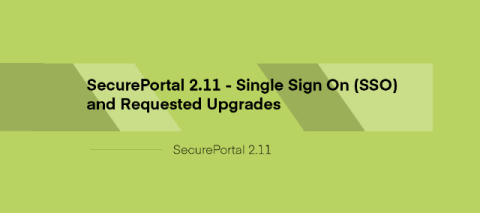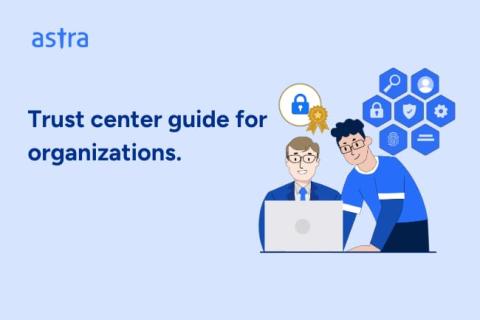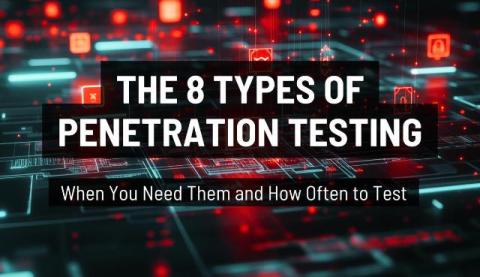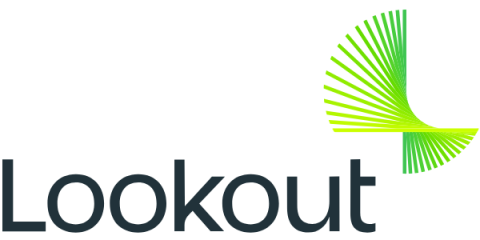5 AI Scams You Need To Be Aware Of In 2025
AI is revolutionizing our lives in terms of productivity, automation, customer service, and more. AI is becoming so important that organizations increased spending on compute and storage hardware infrastructure for AI deployments by 37% year-over-year in the first half of 2024, reaching $31.8 billion. However, like most technological advances, the good often comes with the bad.


